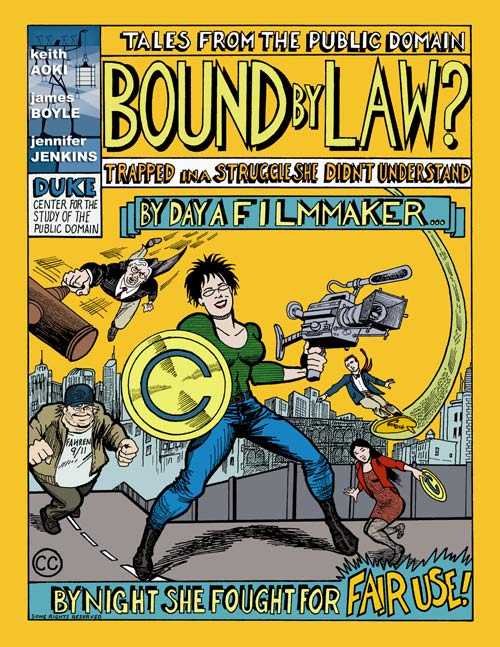A young guy, keen on working in media, asked me what I thought was the most important thing he should know about making movies. I said, “Money!” He thought my remark was downright cynical. But I was dead serious. Financing is a universal headache for filmmakers. And even famous auteur/directors such as Orson Welles have been known to spend years searching for money to fund their projects.
 “Marihuanaland” was financed by us because we wanted to schedule the shoot in California to coincide with the November 2010 election, which was part of the story. But now that the project is almost finished we´re looking for other sources of financing. After the fact it is a much tougher proposition. But it did have one big advantage: we had all the freedom to do the doc exactly the way we wanted. Because of the content, we can´t go to our usual sources for funds such as the Finnish Ministry of Foreign Affairs. So we´re investigating sites like KickStarter. To qualify you make a short video explaining your project, the amount of money you want to raise and the time you expect it will take. If accepted, you wait and hope it catches the attention of enough people to meet your goal.
“Marihuanaland” was financed by us because we wanted to schedule the shoot in California to coincide with the November 2010 election, which was part of the story. But now that the project is almost finished we´re looking for other sources of financing. After the fact it is a much tougher proposition. But it did have one big advantage: we had all the freedom to do the doc exactly the way we wanted. Because of the content, we can´t go to our usual sources for funds such as the Finnish Ministry of Foreign Affairs. So we´re investigating sites like KickStarter. To qualify you make a short video explaining your project, the amount of money you want to raise and the time you expect it will take. If accepted, you wait and hope it catches the attention of enough people to meet your goal. The more conventional (sane and solvent) route to finance a project is the way we funded “Chasing Esa-Pekka.” First we pitched it to the Finnish Broadcasting Company (YLE). They commissioned it, which amounted to about one/sixth of the budget. But their support made it possible for us to start looking other places. Next we filled out the (100 page) application for EU Media Programme Development. It failed the first time, but they liked the subject (composer/conductor of the Los Angeles Philharmonic, Esa-Pekka Salonen) so suggested we re-apply. We made major changes to the application and it passed.
Now we had enough funds for development. Plus “Letters of Intent” and all the information we needed to apply to several Finnish foundations for the rest of the financing. From start to finish the project took three years. Eki and I were ready to kill each other at the end. We said, “Never, ever again.” But after we saw the finished program on prime-time we decided it was worth the pain. Then we kissed and made up and said, “What´s next?”
Lesson 18: Be bold, confident and prepared when trolling for funds.
Next week: 12 Pitching the Project





